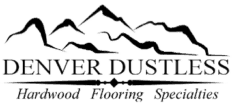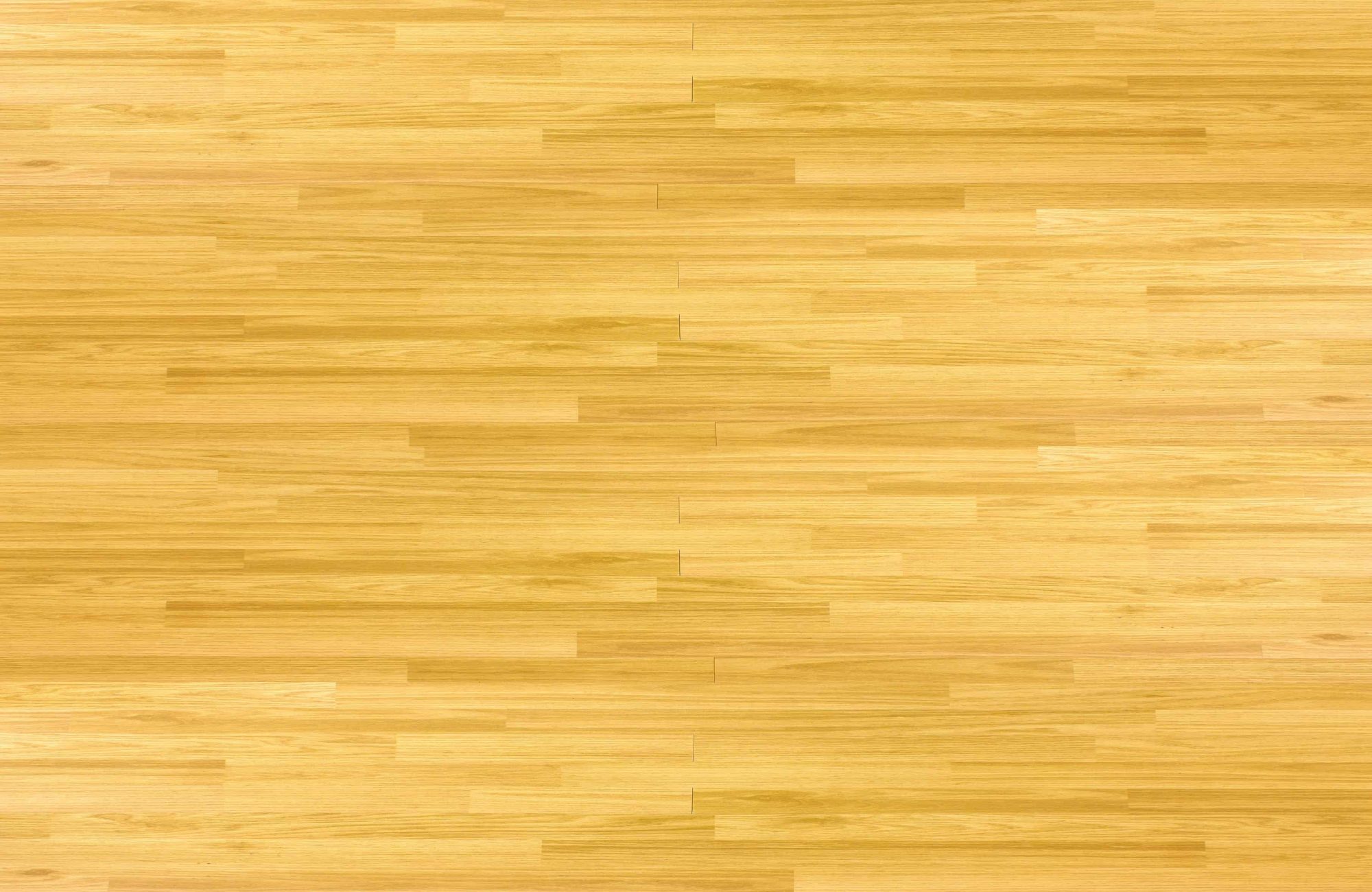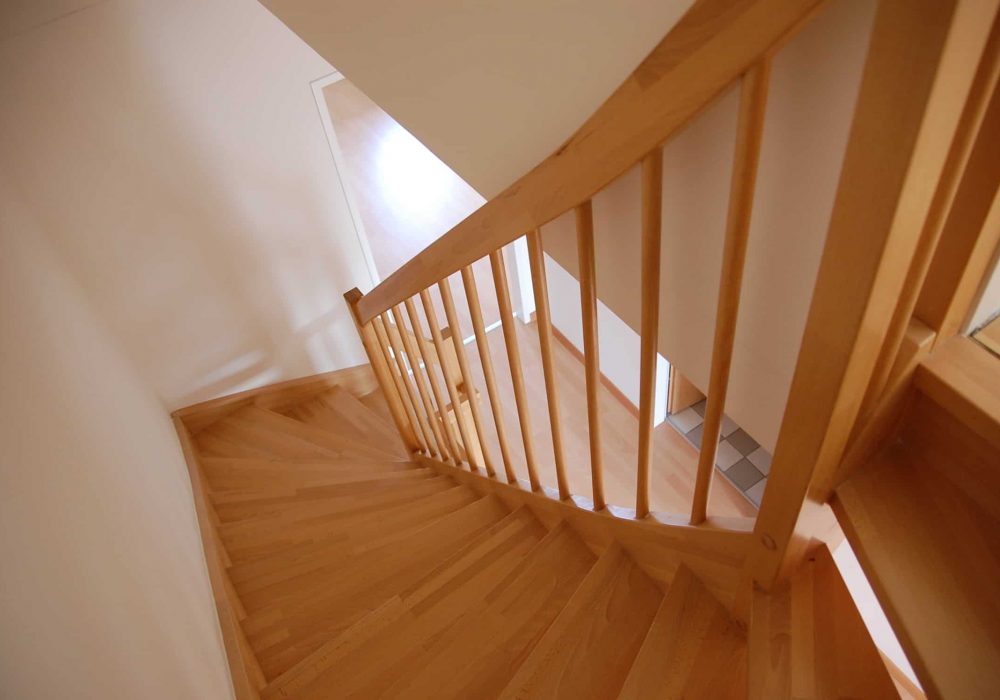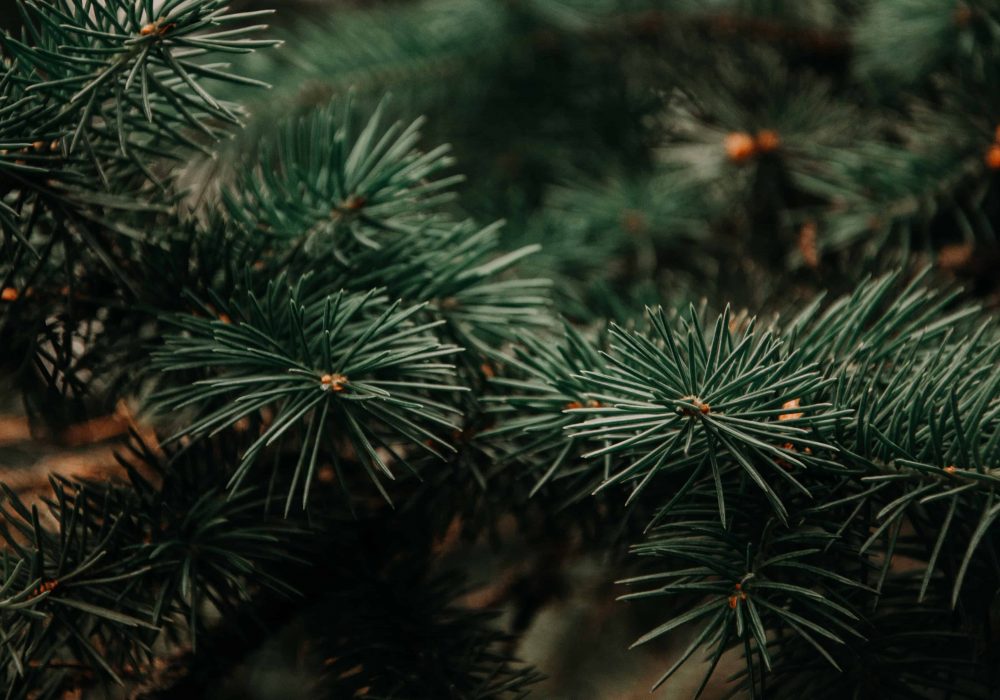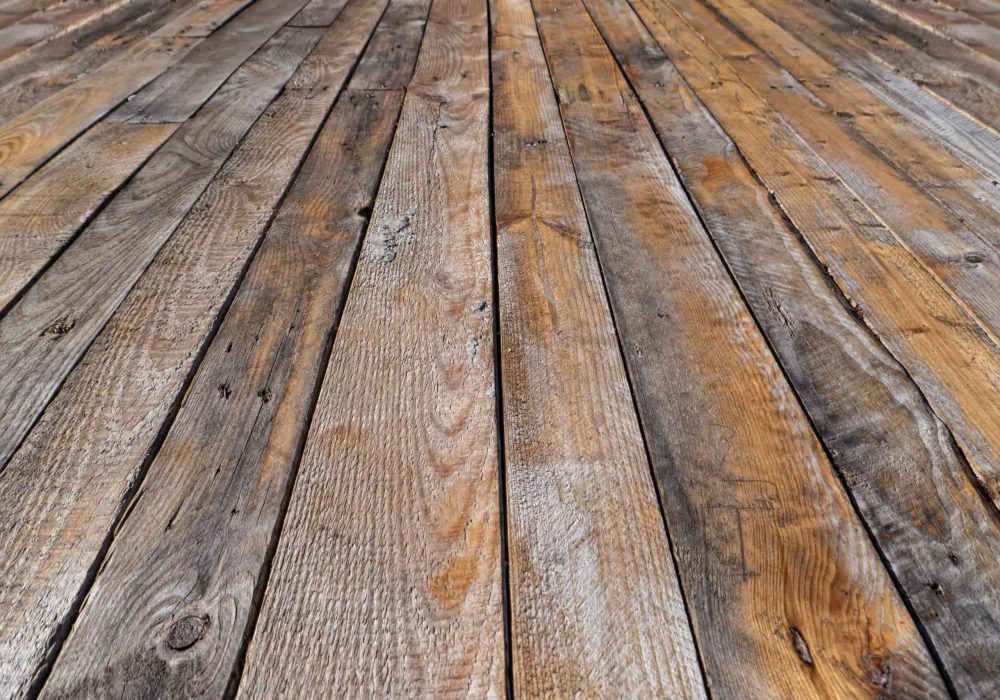Looking for highly durable hardwood floors with minimalistic beauty? Look no further than maple floor covering. This affordable, eco-friendly floor is simply gorgeous.
What comes to mind when you think ‘maple’?
Syrup? Canada? Donuts? Leaves? Sugar? Maple nut ice cream?
How about maple hardwood flooring? Maple floors are as lovely as syrup on pancakes. Not to mention, they are tough enough to floor a bowling alley.
That is why we are back, here at Denver Dustless with our Hardwood Varieties Blog Series. We are about to pour on the facts that make maple hardwood such a tasteful flooring choice.
Maple Hardwood Floor Covering
Maple hardwood packs a simple beauty and a durability that is hard to beat. Natural, clean, and contemporary, maple wood is easily one of the most popular hardwood floor covering choices nationwide as well as here locally in Denver, CO.
Maple sapwood (cut from the outer parts of the trunk) is typically rather light in hue, sometimes even a near-white, creamy color. Maple heartwood (taken from the inner parts of the tree) tends to have deeper coloring, with brownish or even slightly red tones.
Due to its typically straight, even grain patterns and fine textures, maple hardwood offers a consistent, no-frills look. At times, however, the grain may be more wavy or curvy, depending on the tree.
Smooth and blonde in appearance, maple has been a classic choice for both residential and commercial applications. Attesting to its durability, maple is often used not only in bowling alleys, but also for dance floors, basketball courts, gym floors, and of course, in homes.
Advantages of Maple Wood
Neutral & Versatile – Due to its even tone, maple can easily match with any décor without clashing. Maple flooring is a perfectly subdued backdrop that sets the stage for your gorgeous furniture pop. It can match with a rustic, down-home style and then effortlessly fit in with a sleek, ultra-modern minimalist vibe. True versatility!
Optimize Natural Light – With its bleached tones, maple wood is good at making dark or small spaces appear lighter and brighter with its sunny presence. In a large space, maple floors can bring cheeriness and help maximize natural lighting.
Ever Fashionable – Since maple flooring can blend with any styling, it is a safe hardwood choice if you are concerned with your floor still being ‘in’ decades down the road. Maple is classic and timeless. It looks good now, and it will look good 30 years from now.
Uniform Look – Some homeowners do not want wild grain patterns or visually ‘loud’ wood floors. Maple flooring is perfect for folks who prefer a clean, understated aesthetic.
Difficult to Dent – As a wood that can endure decades of bowling balls, maple is truly a hard wood. Maple wood is incredibly durable with North American Maple rating a nice 1450 on the Janka Scale. In fact, baseball bats are often made from maple. It can definitely stand up to heavy kitchen utensils being dropped or kids rough-housing on the living room floor. Maple is clearly hard to damage.
High Value Hardwood – Affordability without compromising on durability is a chief concern for many homeowners looking to install hardwood. Maple is the best of both worlds, making it a budget-friendly yet high quality floor covering.
Easy Maintenance – As with most hardwoods, keeping maple floors clean and in good shape is straightforward and relatively hassle-free. Just sweep or vacuum and finish with a mop. Like any hardwood, it will need rebuffed and refinished from time to time to keep its original luster.
Disadvantages of Maple Wood
Scratches Stand Out – Maple is tough, but when it does scratch, it tends to show up more readily, since scratches disrupt maple’s characteristic consistency. To minimize scratching, simply apply a protective seal over your hardwood and lay down small rugs or runners in high traffic areas. While dents will be rare, superficial scratching may collect over the years.
Tough to Stain – It is a chore to change the natural appearance of maple, since it does not tend to take very well to staining. This resistance is due to its tight grain patterns, which aren’t good at absorbing stain and may leave a blotchy finish when stained. If you want to play it safe, just make sure you love the original color of your maple floors. Still, if down the road you decide to stain or dye your maple floors, be sure to hire a professional to effectively do the job.
Black Marks – If you think back to your high school days, you probably remember how your shoes left ugly scuff marks on the gym floor. This can be irritating, but thankfully there is an easy solution. Simply rub out the marks with an eraser. It’s almost fun!
Susceptible to Pests – Maple is not highly rated for rot resistance or insect attacks.
Sensitive to Change – When temperature or humidity levels change rapidly, maple can respond negatively. Direct sunlight can also yellow the floors over time. If you opt for maple flooring, it is best to keep the temperature in your home consistent, as well as the humidity. This may involve using a humidifier or dehumidifier, depending on the environment. That being said, our suppliers here at Denver Dustless ensure that our hardwoods are properly sourced and handled, meaning it has been treated and stored properly, making it least prone to damage.
Price Range of Maple Flooring
Maple wood is very moderately priced due to relatively wide availability. Especially when compared to hardwoods similar in durability, maple floor covering is highly affordable.
Partly because it is also domestically sourced, maple wood is similar in price range to cherry wood and oak hardwood flooring. More exotic, imported woods such as mahogany tend to be significantly more expensive.
Happily, even low-grade maple wood is generally still quite durable, making it a good option for budget-concerned home builders and renovators who still want a product with longevity.
Origins and Sustainability of Maple Hardwood
How a flooring choice will affect your carbon footprint is always an important factor to consider when making decisions on what materials to use on your home build or renovation.
Largely sourced from the PNW, maple wood is not endangered, but rather grows abundantly and relatively quickly. As with any hardwood, maple is recyclable and biodegradable.
The World Resources Institute comments on maple wood in an article on sustainable wood options for instrument building, saying “It grows quickly in the wet forests of the U.S. Pacific Northwest, and produces some of the best figured wood. It’s also plentiful and cheap in comparison to exotic tropical tonewoods, which are often overharvested, illegally logged or from poorly managed forests.”
Maple wood is more eco-friendly than trees that grow less plentifully and take longer to mature such as its domestic counterparts cherry, walnut, and oak.
When responsibly sourced, maple wood is a sustainable hardwood flooring option.
The Maple Flooring for You
Are you sold on stunning maple flooring? Here at Denver Dustless, we have a gorgeous selection of maple hardwood floor covering. Why not make an appointment to visit our fully-stocked Hardwood Flooring Showroom in Denver?
Our rock solid relationships with local hardwood vendors built over decades in the business ensure that our floor coverings are top-notch quality. You will be able to enjoy your beautiful maple wood floor for years to come.
Still not sure what kind of hardwood is right for your home? No worries, just stay tuned for our next edition of the Hardwood Varieties Blog Series or check out our Archives to see past articles.
